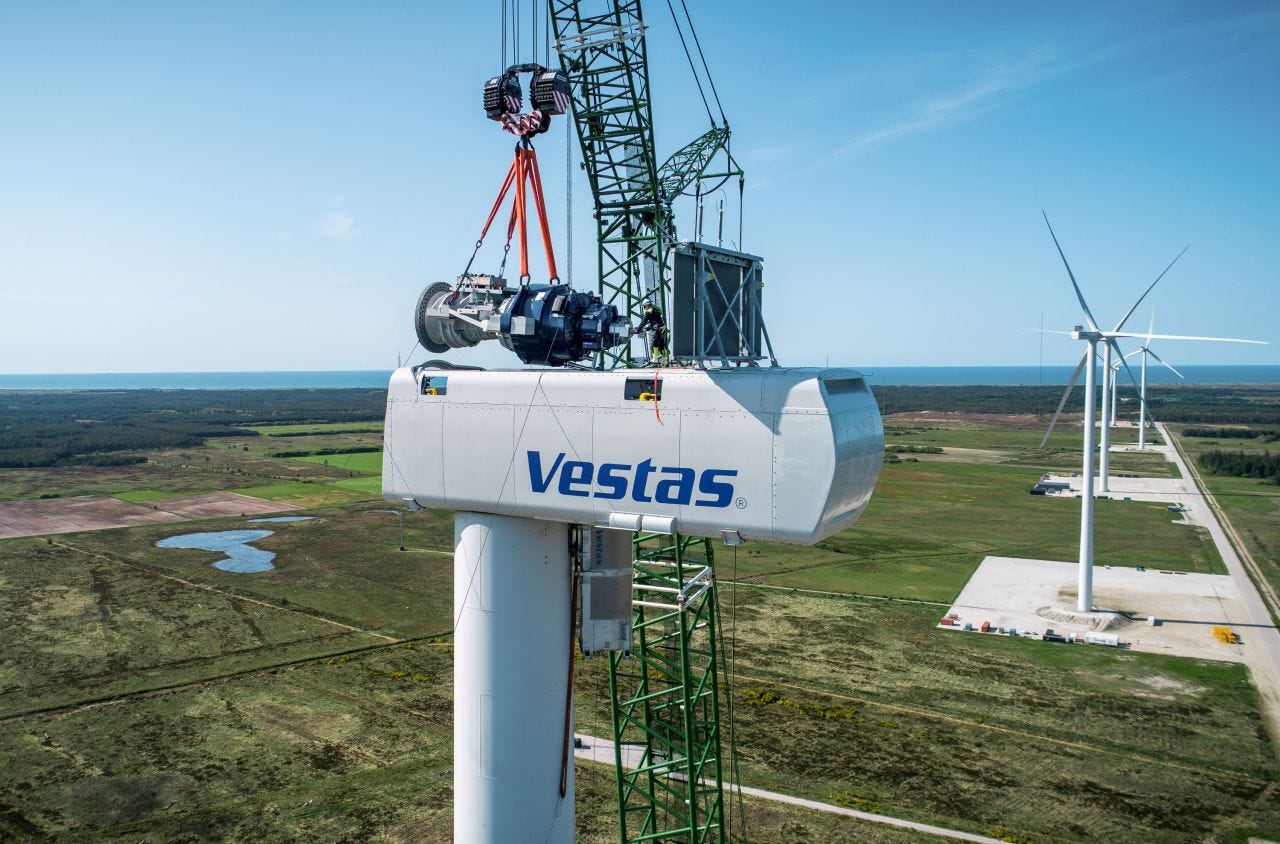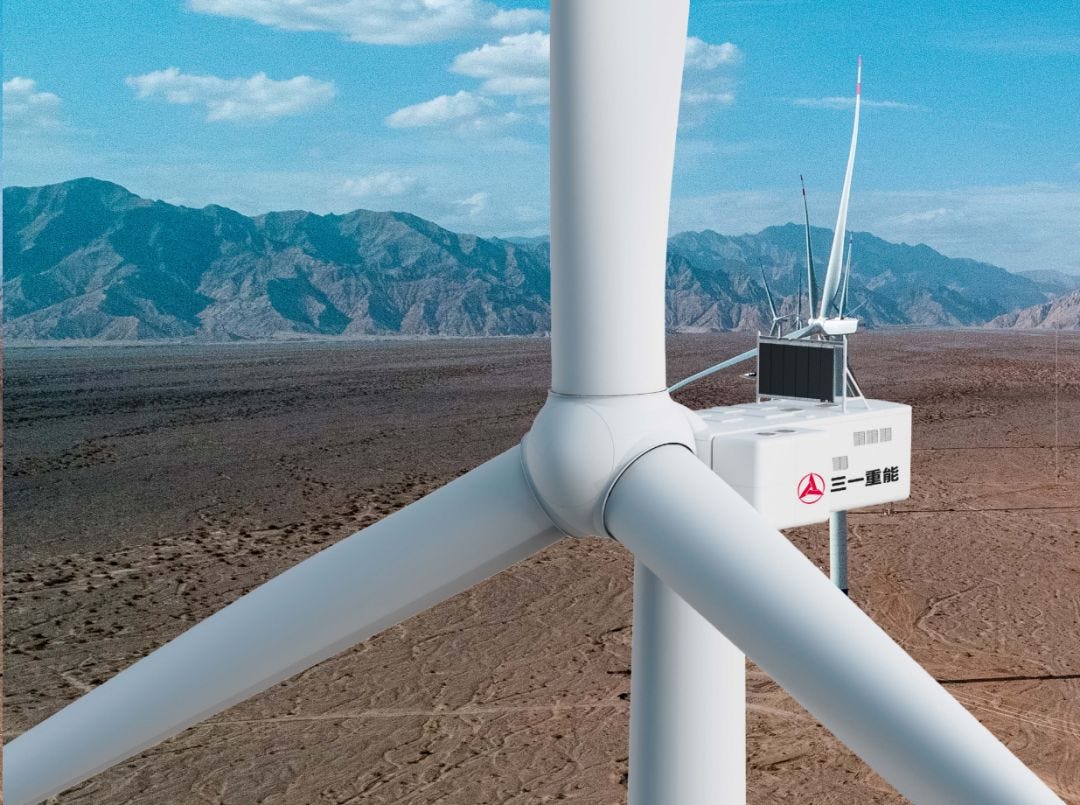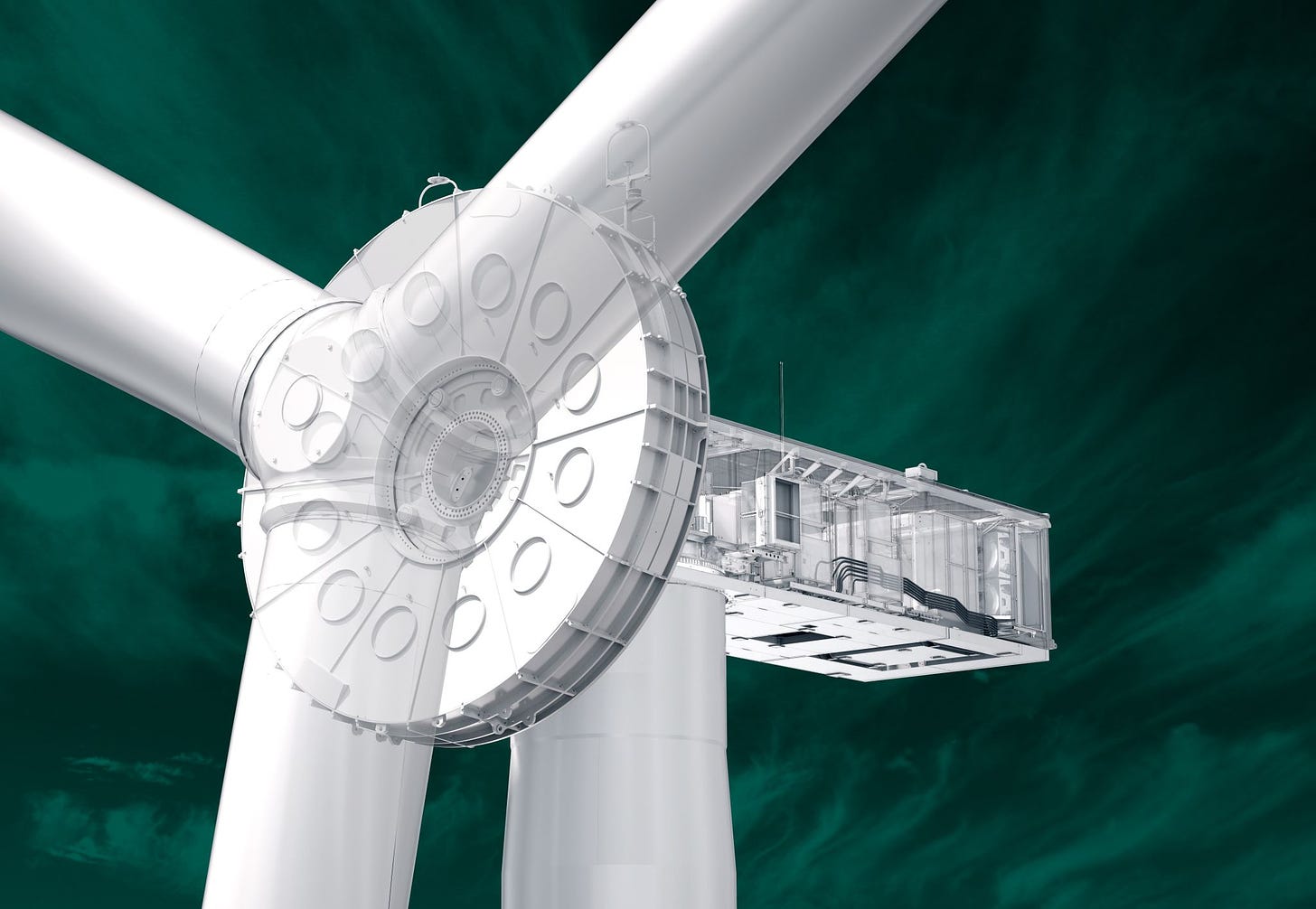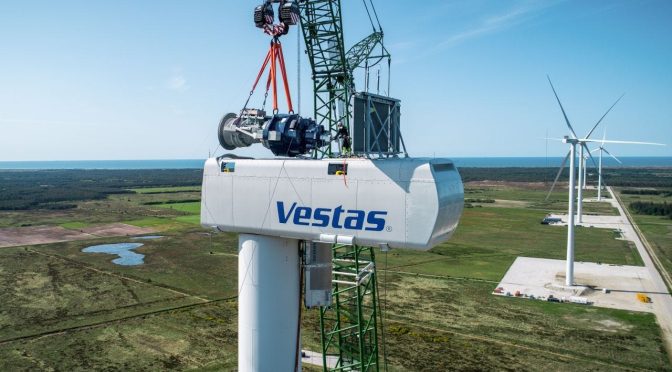Annually, the specialized publication Windpowermonthly celebrates the Wind Turbines of the Year awards. They are probably the most prestigious awards in the sector and serve to provide an overview of what is happening in the industry in terms of new models, technological innovations, etc.
They are behind a paywall, but the different awardees gradually share their medals on social media, allowing us to review the various categories and winners.
Onshore
< 5.6 MW: Vestas V163-4.5 MW. Vestas’ 4 MW platform remains in top form. Following the success of the V150-4.2 MW, Vestas introduced the “high capacity factor” variant, especially designed for locations with medium to low winds. This turbine is expected to be a success in the United States (as demonstrated by the 1.1 GW SunZia project), but it has also secured a contract in Spain, for example.
My impression is that Vestas continues to give a lot of prominence to the 4 MW platform in onshore, even ahead of the EnVentus platform, which starts from 6 MW. The 4 MW platform is a wind turbine with an asynchronous generator and a full converter. More information can be found on Vestas’ LinkedIn.

> 5.6 MW: Sany SI-230-100. The 919-series platform from Sany has been the winner in the onshore category for turbines over 5.6 MW. This platform was launched at WindEnergy Hamburg in 2022.
The SI-230-100 has been the model receiving the award, but the platform has a variable power ranging from 8.X to 11.X MW and rotor sizes of 214 and 230 meters depending on the wind type. Additionally, it has an offshore variant.
It is a doubly fed induction generator (DFIG) machine, probably the most powerful in the world using this technology. More information can be found on Sany’s LinkedIn.

Chinese manufacturers have been some of the major winners of these awards. It makes sense because they are currently the most active in terms of introducing new models.
Offshore
The winner in the offshore category is the Mingyang MySE 18-292, currently one of the most powerful wind turbines ever manufactured, boasting 18 MW and featuring the industry’s largest rotor at 292 meters.
The first nacelle of this unit is already manufactured and should be ready for installation or already installed. This will be the first prototype of Mingyang’s new platform, ranging from 18 to 22 MW, and including the largest wind turbine ever presented: MySE 22-310 (22 MW, 310 meters rotor).
Technologically, the platform features a fully integrated drive train, meaning both the gearbox (at medium speed) and generator are housed in the same frame. The generator is of permanent magnet type, and it employs a full converter. More information can be found on Mingyang’s LinkedIn.
Drive train
The award for the best powertrain or drive train goes to the Enercon E-175 EP5 E2. This machine is the evolution of the E-175 EP5, incorporating some technological improvements.
The main enhancement is in the generator, which is divided into two parts to improve logistics, probably because transporting the complete disc implies many challenges (or is simply not possible due to diameter limitations) in many markets. In fact, it has always been noted that one of the limitations of Direct Drive technology onshore was the transportation of the generator.

Another change that this generator has undergone is that it now features an external rotor, meaning the rotor rotates outside around the stator, unlike the usual arrangement where it is the other way around. More information can be found on Enercon’s LinkedIn.
Best Innovation
The best innovation award goes to a pitch system designed by Thyssenkrupp Rothe Erde, intended for the next generation of onshore wind turbines >7MW and offshore wind turbines >10MW. I don’t have much to add here, as these topics are beyond my knowledge. More information can be found on Thyssenkrupp Rothe Erde’s LinkedIn.
By the way, the second prize went to Vestas’ guyed rotor, which we have discussed here before.
Sergio Fernández Munguía (@Sergio_FerMun)


